Alpha Centauri (Rigil Kentaurus): Our Sun’s Closest Neighbor
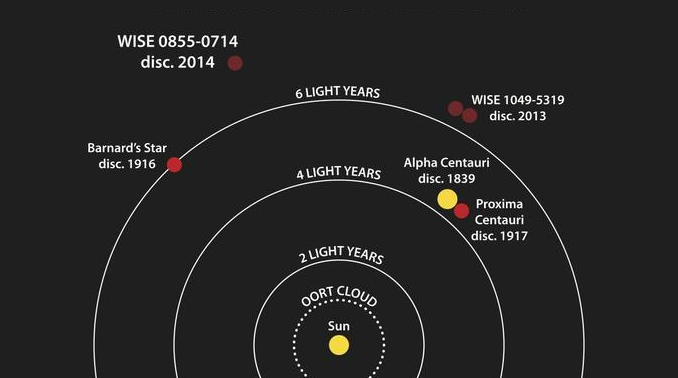
“Alpha Centauri (Rigil Kentaurus) is the closest star system away from our sun. It’s about 4.3 light-years away from Earth. Or another way to measure it – Alpha Centauri distance is about 25 trillion miles away! Overall, it’s about 3 times closer to the next sun-like star.”
Recently, the International Astronomical Union (IAU) made the name change from Alpha Centauri to Rigil Kentaurus official.
It took back its ancient moniker “Rigil Kentaurus” which means “foot of the centaur” in Arabic.
How many stars are in Alpha Centauri? Are there any Earth-like planets in its system? And is Alpha Centauri getting closer or farther away from Earth?
Alpha Centauri is a triple star system
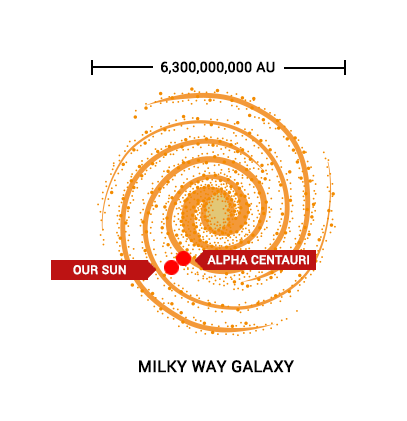
The Alpha Centauri system contains the following 3 stars which are all bound by gravity:
- ALPHA CENTAURI A is close to our sun in age and luminosity. Alpha Centauri A and B orbit closely to each other.
- ALPHA CENTAURI B is smaller and dimmer than our sun. But it’s still not too different from our sun.
- ALPHA CENTAURI C (PROXIMA CENTAURI) is a smaller red dwarf star with a much larger orbit. Because of its orbit, Proxima Centauri is the closest star to Earth.
This diagram illustrates the locations of the star systems closest to the sun. The year when the distance to each system was determined is listed after the system name. The close neighborhood is mostly red and brown dwarfs, probably without any planets.
Life possibly resides in Alpha Centauri
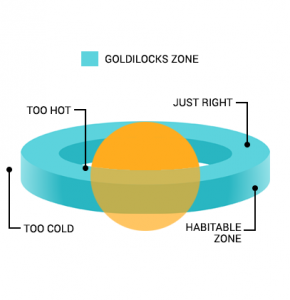
Alpha Centauri is one of the most exciting star systems in the universe. Not only because it’s the closest star system to our own, but it has the potential for life.
In fact, astronomers have already found a rocky planet approximately the size of Earth in the habitable zone of Proxima Centauri. Not only can liquid water persist due to its proximity to Proxima Centauri, but it’s also the closest exoplanet to Earth.
This is why NASA plans to launch a probe towards Alpha Centauri in 2069. The intent of this interstellar space mission is to search for biosignatures on planets around the stars in the Alpha Centauri system.
Even here in our Milky Way galaxy, there are at least 10 possible habitable planets. This includes the exoplanet within Proxima Centauri.
Alpha Centauri is on a collision course with Earth
Alpha Centauri is getting closer to Earth. It’s approaching the Earth at about 20 km/s and will be closest in the year 29,700 AD. But don’t be alarmed!
Alpha Centauri, our nearest neighboring star system, is indeed moving closer to Earth in cosmic terms. However, this process occurs over vast timescales
It poses no immediate cause for concern, as the change in distance is incredibly gradual and won’t have any noticeable impact on our planet or the Solar System within human lifetimes.
At this time, it will be about 3.26 light-years away. Then, it will start moving further away. However, this is not an alarming rate of movement since it was first measured in the 1830s.
Overview of Alpha Centauri
Today, you’ve learned that the closest star to our own is Alpha Centauri. It’s moving closer to us. But not at an alarming rate. And finally, it has an exoplanet in the habitable zone of Proxima Centauri.
Space is a remarkable place. We’re learning new things about it every day. But the question is do you want to learn more about the cosmos?
If you want to explore outer space, check out our infographic on our solar system. Otherwise, send us your comments below.


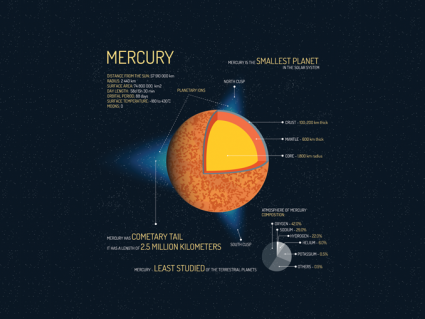
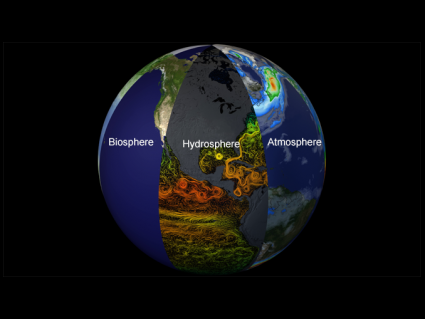






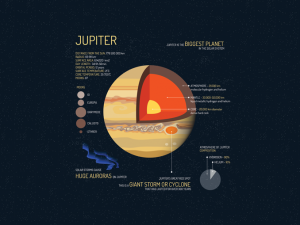
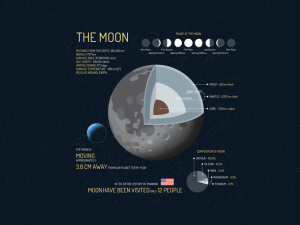

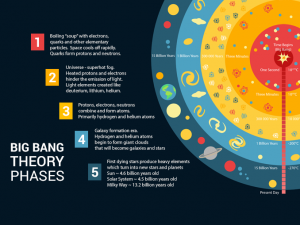
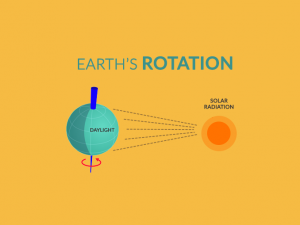
how long would it take to get to the nearest black hole and are white holes actually a thing
can the human body travel at/or near the speed of light? Can engineers and scientists build a ship(s) that can safely travel at those speeds and provide for life-sustaining features within that nuclear-powered vehicle?
Good question. Yes, stars can revolve around other stars within a galaxy. When they do, they form a binary star system. It actually happens a lot in the Milky Way galaxy.
Do stars revolve around other stars in our galaxy?
I am a young researcher and I love the updates you are giving us. Following so closely.